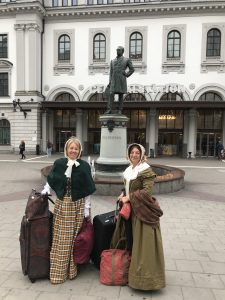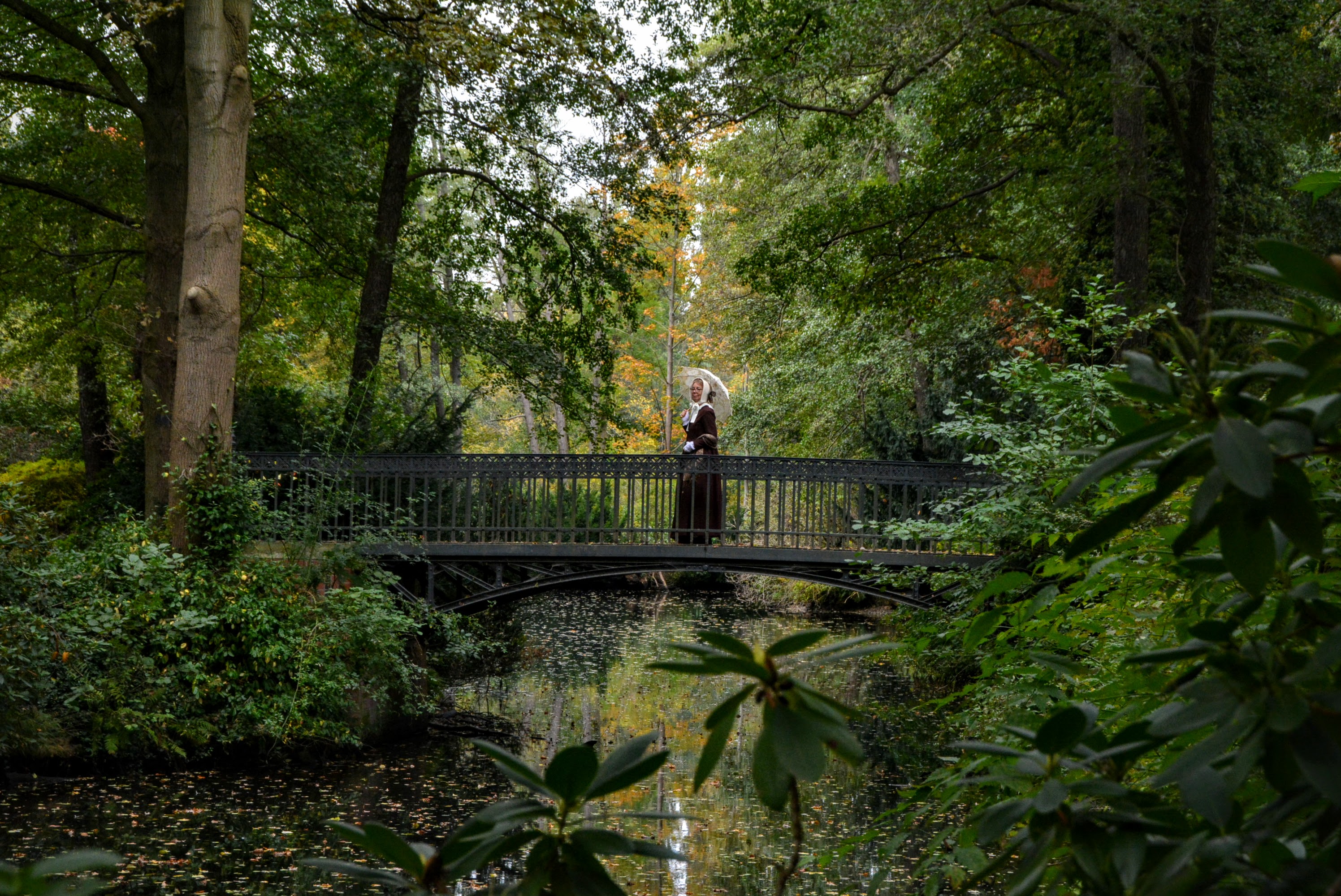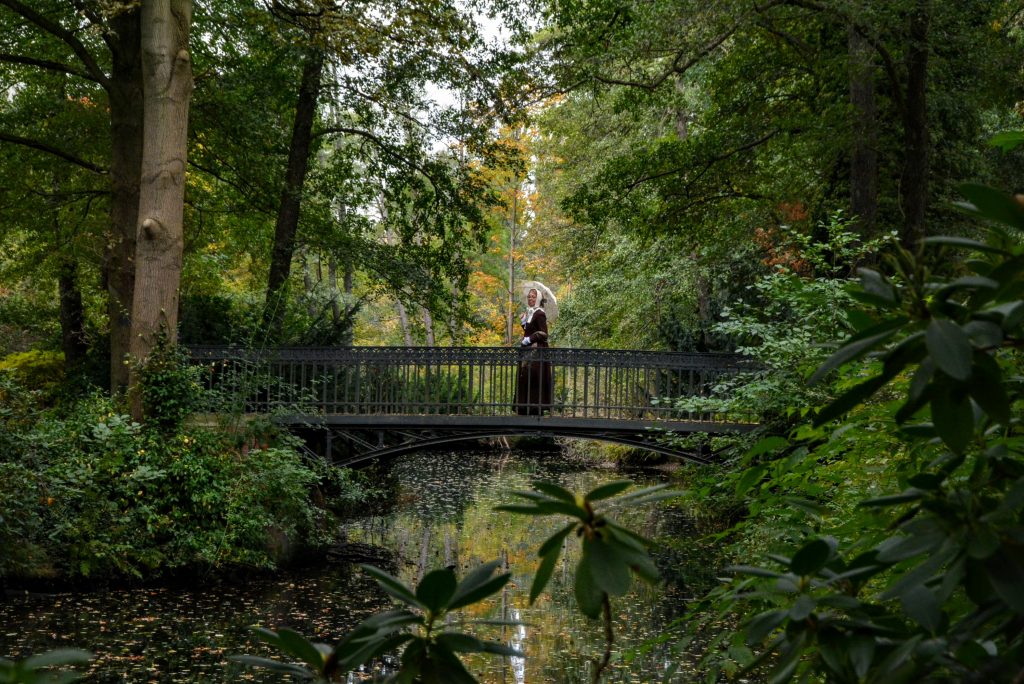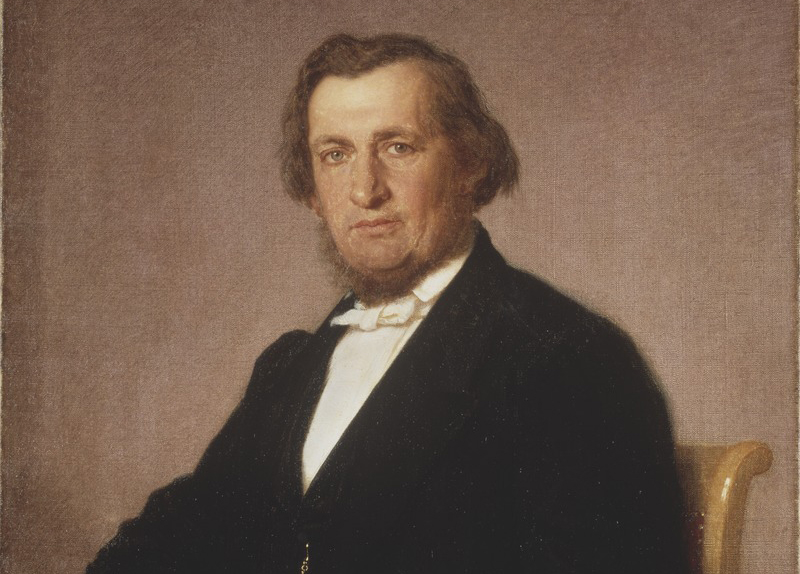
Vem var den hederlige Olle? Han återkommer i brev efter brev från Augustas mamma Anna. Denne Olle hade problem med sitt ben. Anna skriver i sitt brev hösten 1852:
”Tack för ditt bref. Jag ser deraf att den hederlige Olle är så förbi i sitt ben, du skall få se att det bli hans död. Den hederliga mäniskan är nog för god att gå här och traska i gruset.”
Jag letar bland alla namn i dagboken, men ingen Olle eller Olof finns nämnd där.
Så förlovar sig Augusta och Adolf och mamma Anna skriver i december 1852:
Så snart Adolfs utnämning stått i tidningarna borde du skrifva nogra ord till vår hederlige Olle och berätta honom att du gifter dig och att han är den förste av dina karlvänner som du derom underrättar. Jag tycker det är en skyldig artighet emot den hederlige vänskapsfulle Olle. Det finns verkligen en Mamsell Vallenberg en hans släkting som har varit och troligt än är hos honom. Tänk huru illa ni bedömde den rare Olle. Bed honom i tankarna om förlåtelse.
Det är här jag får en idé om vem det skulle vara. Mamsell Vallenberg skulle vara släkting till honom. Kan det vara André Oscar Wallenberg? Skulle han alltså kallats ”Olle”? Och vad var det för orätt Augusta gjort honom?
André Oscar Wallenberg var affärsbekant med Augustas svåger och välgörare Gustaf Lejdenfrost. Det var André Oscar som placerade Gustafs pengar. Han var bra på sånt, långt innan han grundade den bank som så småningom skulle bli SE-banken. I dagboken dyker han upp då och då. Men Augusta kallar honom Oscar och faktiskt benämner även Augusta honom som ”hederlig”.
Dagboken 28 nov 1850:
Oscar Wallenberg lyste här och försvann helt hastigt. Han var denna gång ”sig sjelf” mer än någonsin, riddaren sans facons och sans compliments. Lika orginelt trygg och rätt fram, lika tvärsäker och retsamt tranquil, men också lika hederlig och förståndig som vanligt.
Jag är ändå inte alls säker på att ”Olle” som traskar runt i gruset är Wallenberg, som Augusta skrivit om i dagboken. Jag bestämmer mig för att än en gång låna boken av Göran B Nilsson om Wallenberg på biblioteket. Jag läste boken för över ett år sedan, men nu vet vi så mycket mer om Augusta och hennes vänner, så en repetition kan vara på sin plats.
I Göran B Nilssons biografi ”Odysseernas år” finns ett par brev mellan Oscar och Augusta citerade. Han ber han henne om råd. Hon var tio år yngre, men tydligen uppskattade han hennes klokskap. Och det var inget annat än en vänskapsrelation.
Jag läser om Oscars liv under 1850-talet. Så fastnar min blick på en mening.
”Intensiteten i den mångfacetterande verksamhet som A O Wallenberg utvecklade under åren 1850-53 är desto mer imponerande, som han under ett års tid drogs med en efterhängsen sjukdom. De akuta besvären började med att han i maj 1852 snubblade på Järntorget( ”knäfallet för Riksbanken”), och den svåra värken i hans knän och ben gav inte med sig förrän sommaren 1853 efter åtskilliga huskurer , läkarkonsultationer och en badsejour i Marstrand.”
Ont i benen! Det stämmer ju så bra med att mamma Anna nämner Olles dåliga ben i december 1852.
Jag läser om Oscars kärleksrelation till sin hushållerska Mina, som han efter flera år och barn senare kommer att gifta sig med. Det här var inte acceptabelt i 1850-talets Sverige, att bo ihop utan att vara gifta, och dessutom med sin hushållerska. Kan det vara detta Augusta uttryckt sitt ogillande om. Och mamma Anna försöker släta över som om det faktiskt finns en mamsell Wallenberg. Vi vet inte, men mamma Anna är klart förtjust och imponerad av Wallenberg och hans hederlighet. För visst kan ”Olle” även vara ett smeknamn för Oscar?
Oscar Wallenberg var den person som ordnade så Augustas bror August fick resa till Sydafrika 1850 för att kurera sin hälsa. Så nog var han en omtänksam kille.
I Göran B Nilssons bok nämns också att A O Wallenberg försökt övertala Lejdenfrost att skicka Augusta till Madeira för att kurera sin Tuberkulos. Men Lejdenfrost ansett det vara för dyrt. Någon kurortsresa till Sydtyskland blev det inte heller, trots att affärskontakten Rehder i Lübeck erbjudit att hans dotter kunde följa med Augusta.
Men hon kanske inte ville, hon kanske hellre ville vara hos Adolf och kanske väntade de sitt första och enda barn.
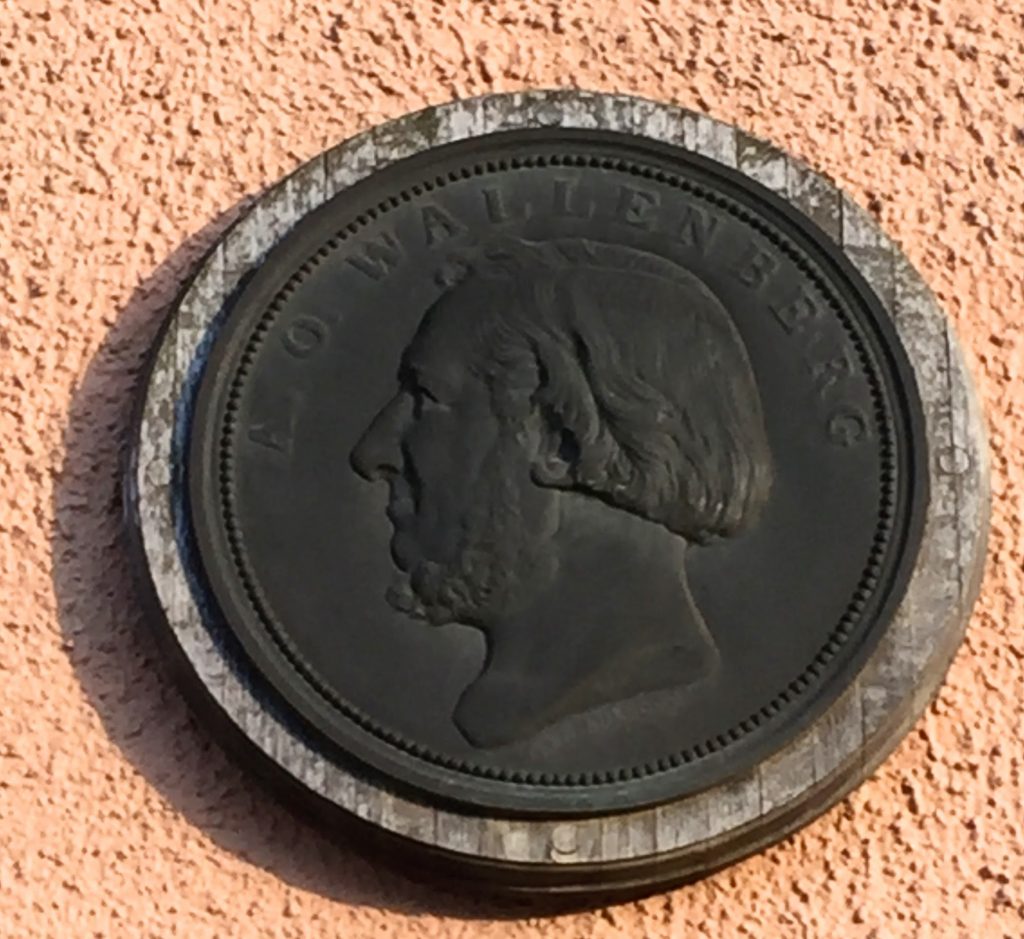
(Bild 1: Uno Troili: Bankdirektör A.O. Wallenberg, 1816-86. Nationalmuseum NMGrh 1940
Bild 2: Plakett på fasaden till Wallenbergska gården, flyttad till Gamla Linköping. Här föddes André Oscar Wallenberg)
